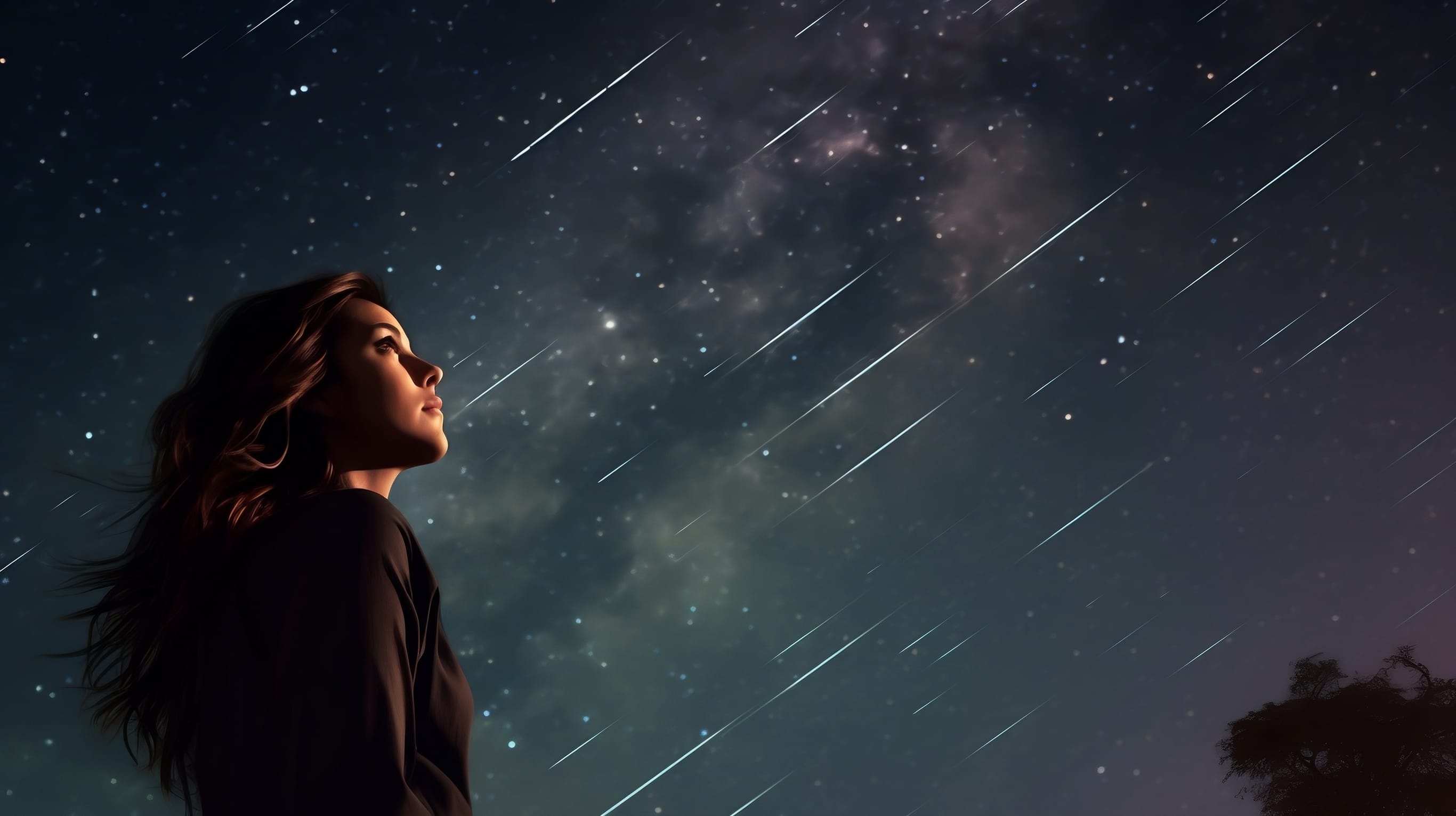Northern & Southern Taurid Meteor Showers in November 2024
The Southern and Northern Taurids reach their maximum in November. Learn about the sibling meteor showers and how to observe them in 2024.
Contents
- Southern and Northern Taurids in 2024
- What is the Taurid meteor shower?
- How to see the Taurid meteor shower?
- Southern & Northern Taurid Meteor Showers: Conclusion
Southern and Northern Taurids in 2024
Southern Taurids
- ZHR: 5-10
- Moon illumination: 15%
- Active: September 20 - November 20
- Early peak: October 12-13
- Peak: November 4-5
- Radiant location: constellation Taurus
- Visible from: everywhere
- Description: The long-lasting, weak Southern Taurid meteor shower is derived from debris dropped by a periodic comet 2P/Encke, the second such comet to be discovered. (Periodic comets such as 1P/Halley and 67P/Churyumov-Gerasimenko orbit in our Solar System on a regular schedule, never venturing too close to the Sun to be disintegrated). The larger-than-average grain size of the cometary debris often produces colorful fireballs.
Visibility forecast
The Southern Taurids reach their early peak on October 12-13, and we get to see their maximum again on the night of November 4-5. In 2024, the early peak of the meteor shower occurs during the waxing gibbous Moon, which will wash out most of the meteors. On the night of October 12-13, you may see up to 5 meteors per hour, but it's better to wait until after midnight when the Moon sets. The main peak of the meteor shower on November 4-5 is much more promising as it occurs a few days after the New Moon. During the main maximum, you may see up to 10 meteors on a nearly moonless sky. You can start watching for Southern Taurids as soon as it’s dark.
Northern Taurids
- ZHR: 5
- Moon illumination: 86%
- Active: October 20 - December 10
- Peak: November 11-12
- Radiant location: constellation Taurus
- Visible from: everywhere
- Description: The Northern Taurids are groups of meteors originating from dust grains from asteroid 2004 TG10. The small meteors (dust particles) are distributed along the asteroid's orbit, with a greater number of them concentrated close to the nucleus. We experience the Northern Taurids meteor shower every time the Earth passes through this stream of particles. At the peak activity of the meteor shower, Earth will be moving through the center of the dust trail left behind by asteroid 2004 TG10.
Visibility forecast
In 2024, the peak of the Northern Taurids occurs during the waxing gibbous Moon, which will hinder the observations. To avoid the moonlight, start observing after about 2:00 local time on November 12, when the Moon has set. In a dark sky, it is possible to view as many as 5 Northern Taurid meteors per hour. And since the Northern Taurids overlap with the Southern Taurids, you may see meteors from both streams.
What is the Taurid meteor shower?
The Taurid meteor shower is an annual meteor shower, associated with the Encke Complex. The Encke Complex is believed to have once been a large object that disintegrated, creating comet 2P/Encke and several asteroids and meteor showers. That’s why the Taurids have two separate streams – the Northern and Southern Taurids. The Southern Taurids originate from comet Encke itself, and the Northern Taurids come from one of the leftover asteroids, asteroid 2004 TG10. So, the Northern and Southern Taurids are related and both emanate from the Taurus constellation but have different parent bodies.
The Taurids are visible everywhere on the Earth, except for the South Pole. They belong to the minor class meteor showers (those that produce up to 10 meteors per hour at their peak). The Taurid meteors are slow and occasionally produce fireballs, which makes them a perfect target for astrophotography.
How to see the Taurid meteor shower?
You don't require any special equipment to enjoy the Taurids. Here are some tips to enhance your meteor-hunting experience:
-
Check the weather forecast and the Moon's phase to determine the optimal observation date for the meteor shower.
-
Use stargazing apps as your guides. Our apps, Sky Tonight and Star Walk 2, will help you locate the meteor shower's radiant in the sky and provide essential information about any meteor shower you wish to observe.
-
Keep as much of the sky in your field of view as possible. Find a location with a clear horizon and a dark sky, recline on a blanket or a folding chair, and prepare for the celestial spectacle. Look slightly sideways from the radiant's position (the constellation Taurus) to spot meteors with more prominent, longer tails.
-
Preserve your night vision. Your eyes need time to adjust to the darkness to see more meteors. Use red flashlights and night mode on your phone to maintain your night vision.
-
Dress warmly and bring hot drinks. The night may get chilly as you observe the meteors for an extended period of time, so ensure you are comfortable and prepared.
Get more tips on observing the meteor showers in our dedicated article and test yourself with the quiz on how to catch a shooting star to learn if you are fully prepared.

Southern & Northern Taurid Meteor Showers: Conclusion
Two streams of the Taurid meteor shower – the Southern and Northern Taurids – will be visible this November. The Southern Taurids peak on November 4-5, and the Northern Taurids peak on November 11-12. Although the Taurids aren't very prolific, they occasionally produce fireballs, making them a great target for meteor hunters. Use a stargazing app like Sky Tonight or Star Walk 2 to locate the meteor shower’s radiant in the sky above you and prepare for observations. And if you want to see even more meteors – check our article on meteor showers in November.
Happy stargazing!




